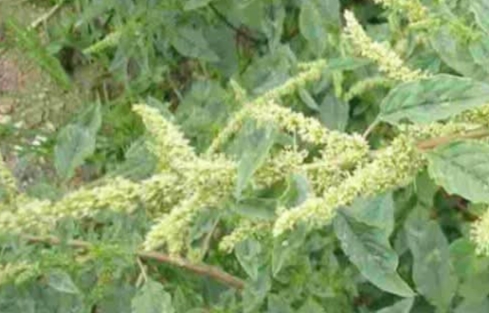In many parts of Latin America and the Caribbean, you’ll hear grandmothers and herbalists speak of “Bledo Blanco” — a humble-looking plant with soft, green leaves and spiky flower heads. Known scientifically as a species of Amaranthus, Bledo Blanco is often dismissed as a weed. But behind its modest appearance lies a powerhouse of nutrients, healing compounds, and traditional wisdom.Let’s explore everything you need to know about this remarkable plant — what it’s good for, how it works, and how to use it.🌱 What Is Bledo Blanco?Bledo Blanco is the white or green-leaved variety of pigweed — part of the Amaranthus genus. It grows easily in wild areas, gardens, and even sidewalk cracks. Its broad, soft leaves and upright flower spikes make it easy to spot, and it thrives in warm climates.This plant has been used for centuries in folk medicine and cuisine in Mexico, Central America, the Caribbean, and even parts of Africa and Asia.Other names include:White pigweedWild spinachAmaranthus viridis (in some classifications)Verdolaga in some regions (though that can also refer to purslane)🌿 Nutritional and Medicinal PropertiesBledo Blanco is more than just a leafy green — it’s packed with:Vitamins: A, C, K, B-complexMinerals: Calcium, magnesium, iron, potassium, zincAntioxidants: Including flavonoids and betalainsChlorophyll: Supports detox and healingFiber: Aids digestion and gut healthIt also contains plant compounds with anti-inflammatory, antimicrobial, and diuretic effects
Bledo Blanco (Amaranthus Blanco): The Forgotten Green With Powerful Healing Potential
